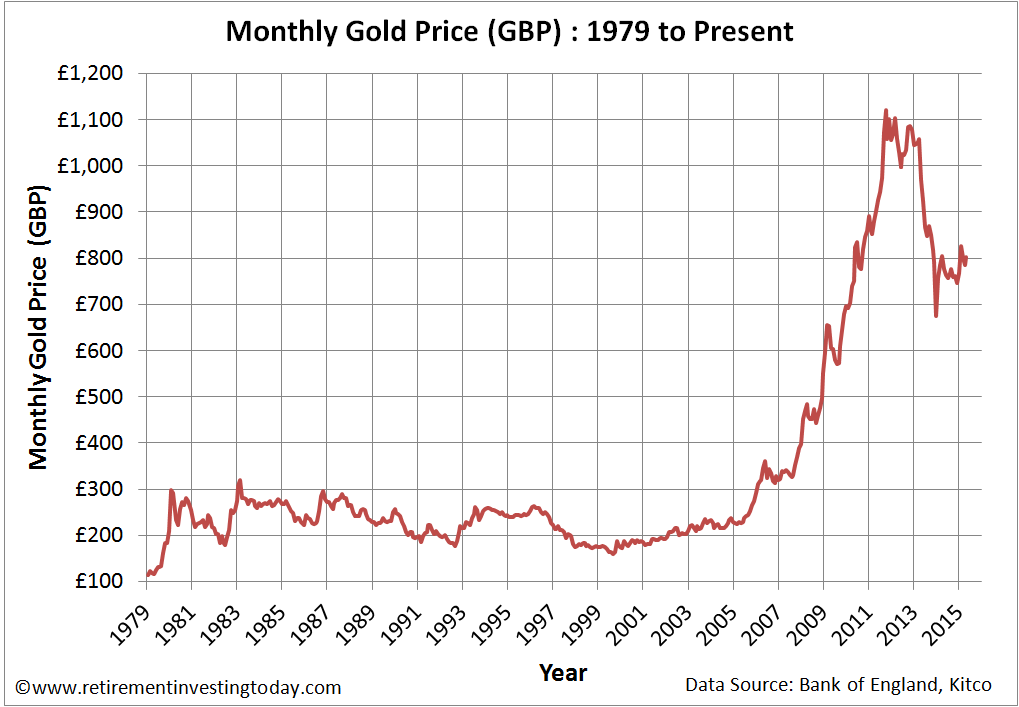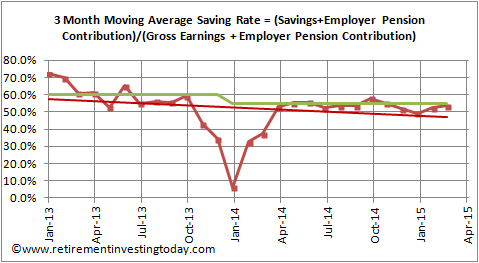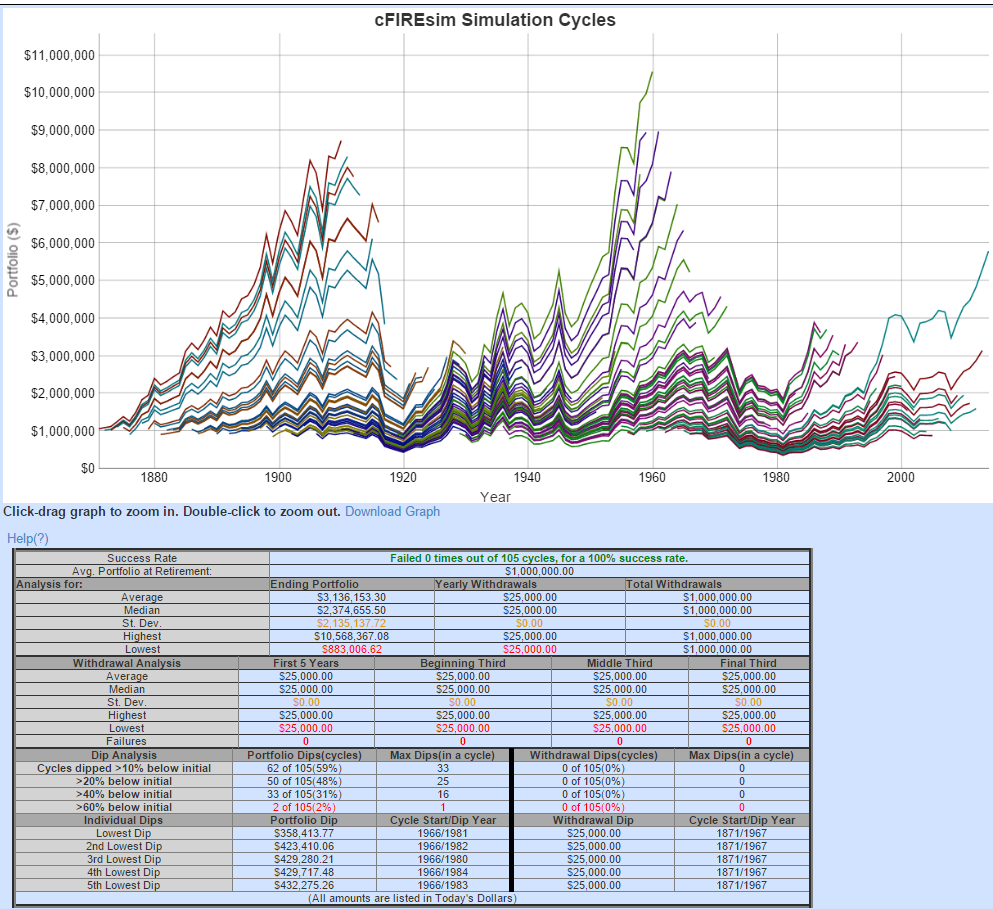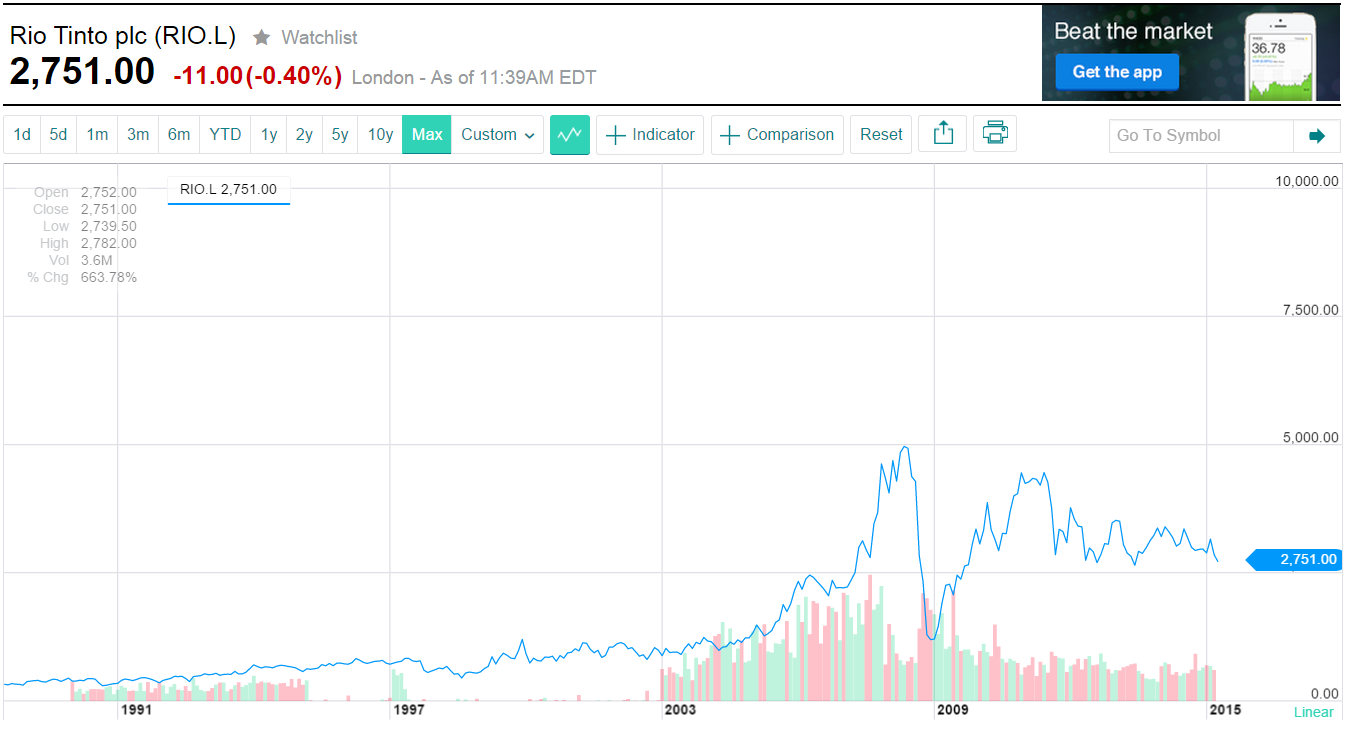A lot of my posts in more recent times have been focused on how to earn more and spend less. I acknowledge they’re pretty dry topics, quite personal and certainly nowhere near as exciting as deciding should I buy the Vanguard FTSE Emerging Markets UCITS ETF or the iShares Core MSCI Emerging Markets IMI UCITS ETF for the Emerging Markets portion of my portfolio. So why do I keep coming back to the non-exciting topic of earn more and spend less? Simply because my personal journey has shown me thus far that saving has a much bigger impact on reaching Early Financial Independence or even Early Retirement than investment return. While investment Compound Interest is for sure a very important concept, particularly over the long term, and is certainly making a contribution it’s just not making as big a contribution as my saving. This is not what I expected when I started on my journey.
Let’s have a look at my journey data thus far in the chart below. This chart shows for each year (2015 is only until end of March and so shows as 2014.25) the percentage contribution made to my change in wealth each year from both Saving Hard and Investing Wisely. Therefore the percentage for each year that shows as greater than 50% has been the greatest wealth contributor for that year. So in 2008, 2009, 2010, 2011, 2013 and 2014 the honour of most wealth growth contributor has gone to Saving. In contrast 2012 and 2015 year to date has gone to Investment Return. So even in year 7 of my Financial Independence Retirement Early (FIRE) journey Saving is still out in front.
Of course regular readers will know my Savings Rate is quite high and I’m trying to reach FIRE quickly but I'm not going to make apologies for that. As savings rate decreases journey time to the goal, whether it’s FIRE or some other objective, should increase with an average wind which should mean that Saving will make less of a contribution and Investment return a greater one. So maybe I'm just an anomaly given I'm trying to reach Financial Independence in less than 10 years.
Let’s have a look at my journey data thus far in the chart below. This chart shows for each year (2015 is only until end of March and so shows as 2014.25) the percentage contribution made to my change in wealth each year from both Saving Hard and Investing Wisely. Therefore the percentage for each year that shows as greater than 50% has been the greatest wealth contributor for that year. So in 2008, 2009, 2010, 2011, 2013 and 2014 the honour of most wealth growth contributor has gone to Saving. In contrast 2012 and 2015 year to date has gone to Investment Return. So even in year 7 of my Financial Independence Retirement Early (FIRE) journey Saving is still out in front.
Click to Enlarge, Wealth Growth Year on Year
Of course regular readers will know my Savings Rate is quite high and I’m trying to reach FIRE quickly but I'm not going to make apologies for that. As savings rate decreases journey time to the goal, whether it’s FIRE or some other objective, should increase with an average wind which should mean that Saving will make less of a contribution and Investment return a greater one. So maybe I'm just an anomaly given I'm trying to reach Financial Independence in less than 10 years.






